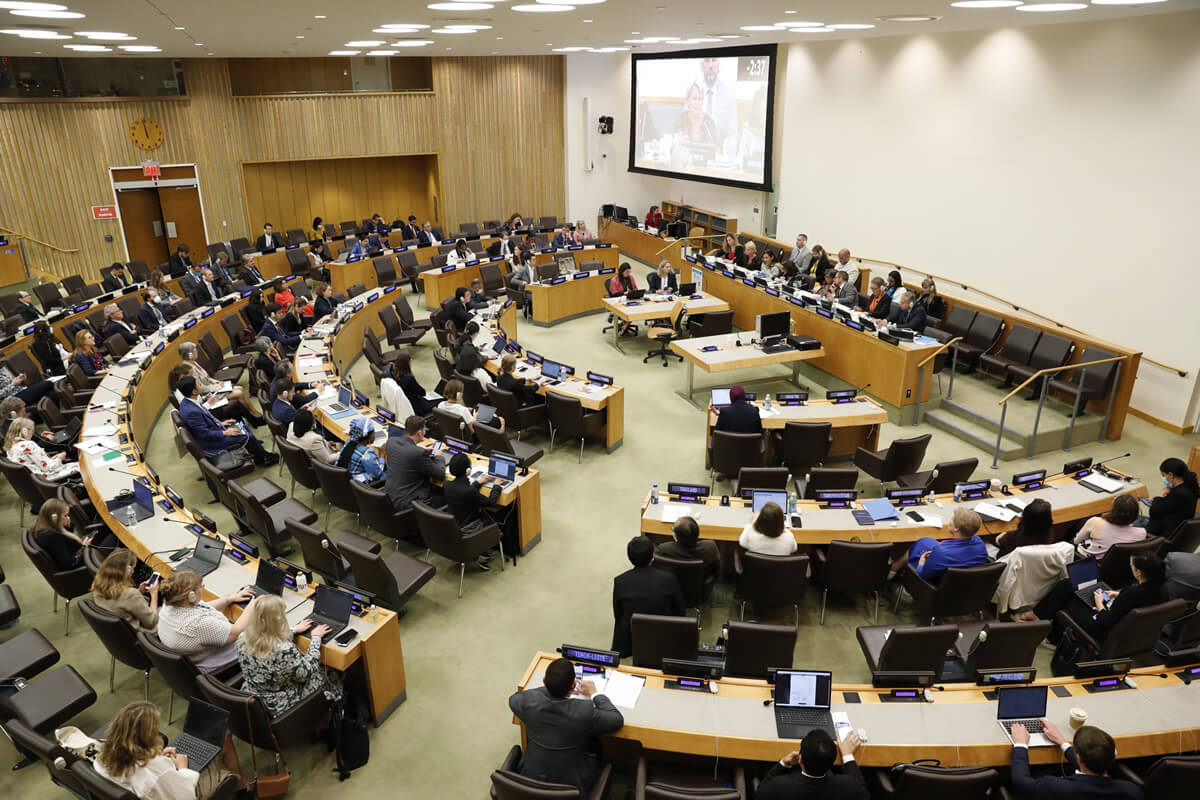NSW Department of Primary Industries (DPI) tracing has uncovered a new Varroa mite infestation in bee hives recently moved from Kempsey to Balranald in the Riverina region of NSW.
NSW DPI Chief Plant Protection Officer Shane Hetherington said this latest finding follows extensive tracing work of all hives moved from Kempsey where a cluster had recently been detected.
“This infestation is on the border with Victoria and is the fourth we have traced in the last week, which is a testament to the systems we have in place for hive movements,” he said.
“We are very grateful to the majority of bee keepers doing the right thing with their movement permits, which allows us to quickly identify links to infestations and conduct surveillance to uncover any mites which may have moved.
“We understand that these recent detections in areas previously free of Varroa mite are disappointing, but we are confident in our tracing systems and we are uncovering these sites quickly.”
“The source of the cluster in Kempsey is still being resolved as our teams rapidly follow all movements from that zone, so we are urging the community to continue to cooperate with us as we work to control the spread of this pest.”
NSW DPI has immediately established Emergency Eradication and Emergency Surveillance zones around the site, under a new Biosecurity Emergency Order published today. This new detection brings the total number of infested premises to 222.
Dr Hetherington said NSW DPI is working with bee keepers and agents associated with the infested hives in almond sites to manage risks associated with declining floral resources, including hive robbing and swarming.
“NSW DPI will need to complete surveillance on high risk hives in order to develop a plan which will allow necessary movement of hives while minimising the risk of spreading Varroa further. We are prioritising this work and will provide beekeepers with advice in the near future,” he said.
“We continue to work hard to gather surveillance data in all regions to understand where the mite is and contain it, and we strongly encourage all bee keepers to keep up to date with their alcohol washes.”
Hive locations and alcohol wash results can be reported to NSW DPI by filling out the online forms at www.dpi.nsw.gov.au or by calling the Varroa Emergency Response Hotline on 1800 084 881.








